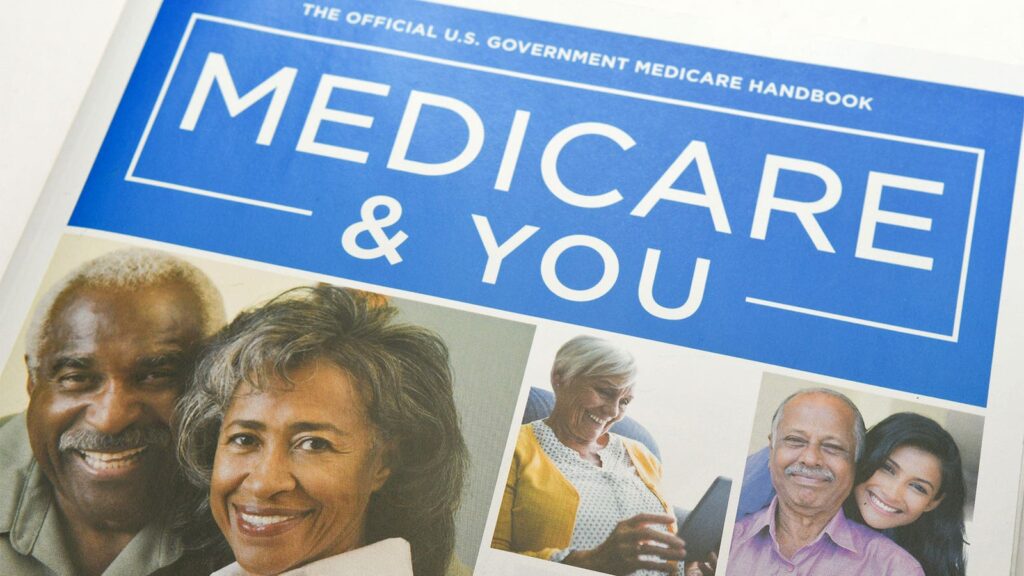Kunis is a nephrologist and bioethicist.
In 1973, The New York Times published an editorial entitled “Medicarelessness,” questioning the allocation of public funding for “special interest groups” — specifically, for patients with end-stage renal disease. Just 2 months earlier, President Richard Nixon had signed the Medicare Amendments Bill, which expanded coverage for dialysis and transplantation. The editorial argued that the benefits of prioritizing funding for expensive therapies like dialysis over other societal needs were unclear. At the heart of the issue was whether legislators, given limited resources, were acting responsibly when deciding how to prioritize public funding.
Exactly half a century later, the question of “Medicarelessness” is more relevant than ever, although in an entirely different context. Medicare has expanded dramatically since its inception in 1965. Supposedly to improve its efficiency, Congress eventually created Medicare Advantage (MA) in 2003. This new program, which is publicly funded but privately administered, ushered in a new era of Medicare privatization.
With the advent of MA, the insurance industry has pioneered new and evolving strategies to maximize profits that have led to widespread accusations of profiteering and fraud. In 1973, “Medicarelessness” referred to “reckless” government spending on what became life-saving treatment; today, I believe it’s more appropriate to assign this label to reckless spending used to bolster corporate profits.
In a just society, healthcare is an essential service that benefits all. The U.S. stands apart from other industrialized nations in that healthcare is not guaranteed. Medicare represents an attempt by our country to partially remedy this injustice. It not only provides care to some of the most marginalized members of society (the elderly and disabled), it also helped to desegregate the healthcare system, promoting racial equity.
Despite Medicare’s historic achievements and remarkable popularity (84% of its beneficiaries view it favorably), government-controlled healthcare remains a controversial subject. Politicians in both parties have sought to increase the role of private insurance in Medicare, under the conception that care would be cheaper and more efficient in a market-driven system. Contrary to these claims, MA has raised costs for taxpayers using higher patient “risk scores” that are not justified in every case.
MA only saves money for insurers who use a range of techniques to extract profits at the expense of patients, such as instituting highly limited networks and arbitrarily requiring prior authorization for many services. Each year, MA plans reject millions of authorization requests, of which about 1 in 7 would have been approved under traditional Medicare.
But the most egregious method of profiteering, in my opinion, is the practice known as “upcoding.” MA insurers receive payments that are determined in part by patient diagnoses. The more diagnosis codes submitted, the higher the payment. MA plans have taken advantage of this, inflating the number of diagnoses on patient charts without providing additional care. Upcoding is so widespread that the Department of Justice has investigated or sued nearly all large MA insurers for either this practice or another form of fraud.
It is morally indefensible for billions of taxpayer dollars allocated for healthcare to be siphoned off as corporate profit. Margins for MA plans are significantly higher than other types of insurance, to the point that some companies are leaving employer-based insurance altogether to focus on government plans. In 1973, The New York Times questioned programs designed to benefit a medically needy “special interest group”; now, we have a program designed not to heal the sick, but one that instead ends up feeding taxpayer money to a far from needy special interest group: insurers.
Not only does MA cost taxpayers billions, it doesn’t even work for many of the patients that Medicare was created to serve. Despite the low premiums and benefits that MA plans aggressively advertise, the reality is that costs are only manageable when beneficiaries are healthy. If they become ill, their insurer can deny payment for services or restrict access through limited networks, often forcing patients to pay out of pocket or forgo treatment. According to a 2021 Government Accountability Office report, patients in their last year of life disenrolled from MA plans to join traditional Medicare at more than twice the rate of all other MA beneficiaries, potentially driven by limitations accessing specialty care under MA and by unforeseen expenses.
Proponents of MA claim that privatization promotes innovation and efficiency, but its role in healthcare appears questionable at best. The reality is that no matter what, profit-driven corporations will likely never put the interests of the public above those of their shareholders. Privatization allows the government to shirk fiscal and moral responsibilities at the expense of those it claims to serve. It is a myopic strategy that benefits corporations, yet keeps costs largely public. In short, the privatization of Medicare is “Medicareless.”
“Medicarelessness” poses a much greater threat in 2023 than it did in 1973. We are thoughtlessly subsidizing the private insurance industry at an extravagant cost to the American taxpayer, and dismantling a vital and beloved public program. We must accept that life-sustaining services should remain in public hands to safeguard citizens from the gravest injustices. Medicare remains a potent symbol of our most sacred democratic principles: equality, dignity, and self-determination. We can no longer afford to be “Medicareless,” both ethically and financially. We must say no to privatization.
Cheryl Kunis, MD, MS, is a nephrologist and bioethicist. She currently serves as clinical professor of medicine emerita and special lecturer at Columbia University, and adjunct clinical professor of medicine at the Icahn School of Medicine at Mount Sinai in New York City. She also serves as the director of national issues at Physicians for a National Health Program, New York Metro Chapter.
Please enable JavaScript to view the

